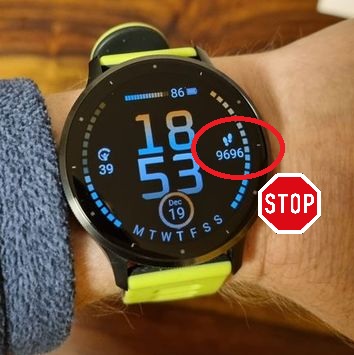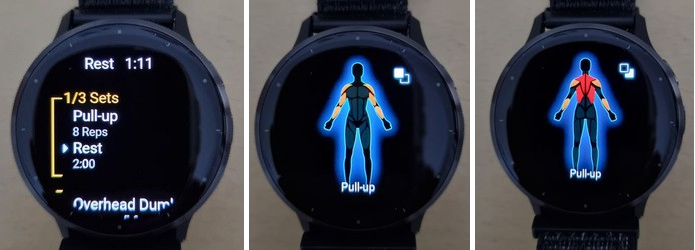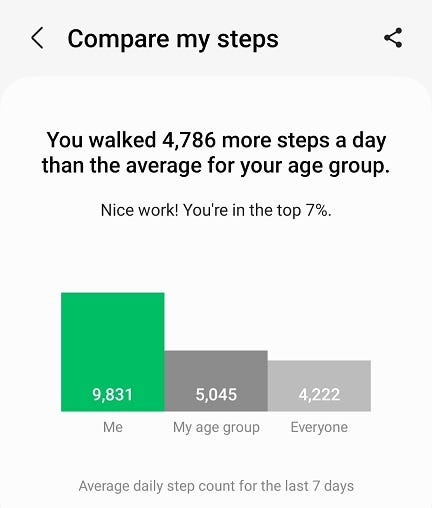Garmin’s Detection of Breathing Variations During Sleep: How to Use It?
With software update 14.15, Garmin added “detection of breathing variations during sleep” support to my Venu 3. Some other models have this feature out of the box, and others received it via update too.
Unlike HRV and many other features, there’s no article about breathing variation detection on Garmin’s website – at least I haven’t found one. The best I managed to dig up was a short description in the FR970 user manual:
“The optical heart rate sensor on the Forerunner device has a pulse oximeter feature that can measure your overnight breathing variations. Breathing variation insights are provided to enhance awareness of your sleep environment and general wellness. Occasional or frequent breathing variations may be due to your individual lifestyle factors or your sleeping environment. Contact your doctor or healthcare provider if you’re concerned about your level of breathing variations.”
I checked my Sleep Quality glance and, yep – there’s a new screen for breathing variations.
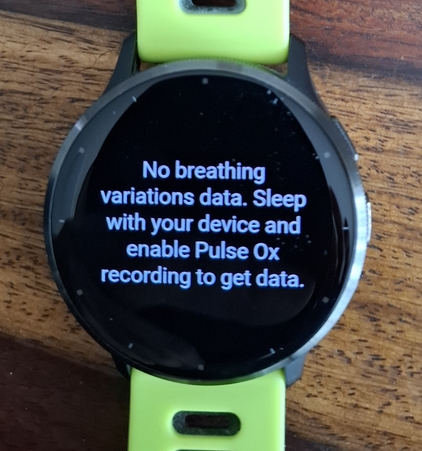
Usually, I keep Pulse Ox turned off because it drains the battery, and the data it provides isn’t useful for me. But I turned it on and waited till the next day. The next morning, I checked both my watch and the Garmin Connect app – both now provide breathing variation insights:
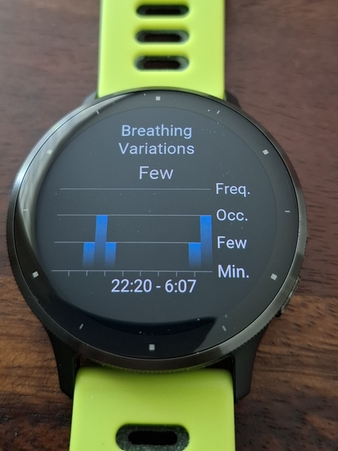
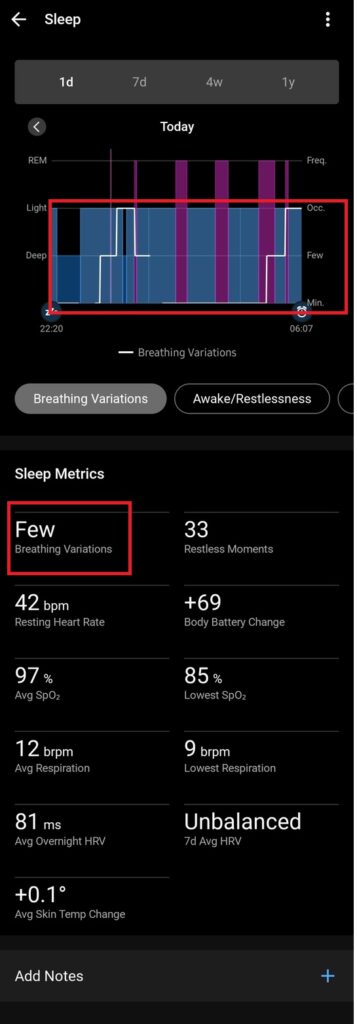
One of the big reasons I switched from my old Galaxy Watch to Garmin is that Garmin often gives me actionable data and even proactive suggestions. For example, it tells me when my stress is too high.
But with breathing variation, Garmin just shows a graph that’s hard to interpret and a verdict: “Few.”
Is that good? Is it bad? I honestly have no idea. And that’s the real problem with this feature—it delivers data without telling you what to do with it.
If you know how to actually use breathing variation insights in practice—drop a comment and let me know!


